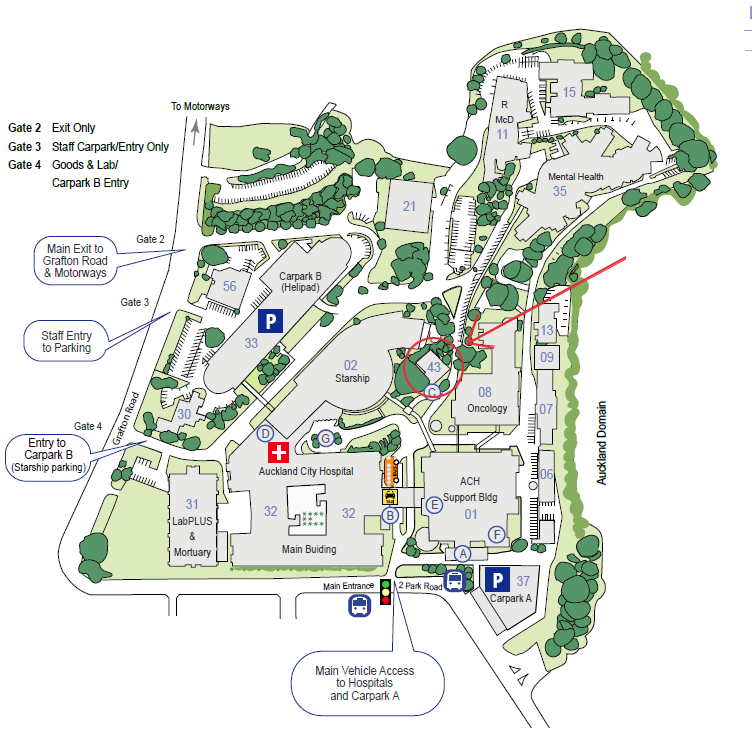Title
The medical history of mobile telephonyPresented by
David BlackAbstract
David Black
Biography
Dr David Black is a physician, vocationally registered in occupational and environmental medicine, based at Waiuku. He originally trained in electronics with the New Zealand Broadcasting Corporation in the 1960’s. In 1977 he entered Auckland University School of Medicine, graduating MBChB in 1982. Fellowship of the RACP followed in 1995. He started work in rural medicine but changed course when invited to Otago as Lecturer for Bill Glass in 1986, later returning to Auckland to work under Len Thompson at Air New Zealand, leaving as Chief Medical Officer in 1997. Later, David concentrated on his academic interest in electromagnetic safety. He was a Senior Lecturer in the Department of Medicine at Auckland and a WHO Consultant, awarded MD in 2010. David was elected President of the Bioelectromagnetics Society in 2014. In 2010 he moved back to the country where he is now completing his career as a country doctor in Waiuku.
Abstract
Mobile telephones are a logical extension of the telephone, a fusion of the wired device and the radio telephone. The technology became available because of the miniaturisation of electronics and has now been in widespread use for 40 years. Mobile telephony uses electromagnetic energy, in the form of radiofrequency waves, to connect to the public telephone network, essentially harnessing the same technology which has been used for well over 100 years for communications and broadcasting. Biological effects of radiofrequencies have been studied intensively for the last 70 years with the development of standards evolving through three generations. This evolution has been constrained by genuine concern as well as political considerations, but a great deal of scientific research has been applied, including substantial epidemiology, animal research and even limited human experiments. Mobile telephone technology has evolved steadily since the early analogue systems through five major generations so far and, in general, each generation uses the radiofrequency spectrum and energy in a more efficient manner than those which preceded it. Concerns about unknown health effects have been associated with each revision of the technology and this has resulted in constant review by relevant and competent international authorities. This presentation describes the unexpected and unusual diversion of the career of a Auckland Medical School Graduate with prior qualifications and experience in radio technology into the review, evolution and application of mobile telephones from their first appearance in New Zealand and Australia and the United States. The work, spanning over two decades resulted in rewriting of existing local and international safety standards, although the underlying assumptions made 30 years previously were generally confirmed. This work involved collaboration with international public health and environmental regulators, as well as researchers and NGO’s. The result of these efforts of many has been the evolution of a secure and practical generation of consistent standards which have enabled the massive proliferation of this now ubiquitous technology with a high degree of certainty about safety, at least with regard to any biological effects of radiofrequency exposure. There are however persisting concerns about other safety issues associated with mobile telephones, including their role in motor vehicle accidents and that of “smart phones” as an instrument for the potentially harmful dissemination of social media.
Title
Advances in radiology over 50 years: the impact on diagnostic pathwaysPresented by
George FooteAbstract
George Foote
Biography
George Foote FRANZCR graduated from Otago University Medical School in 1965. After four years of clinical work in Auckland hospitals he began radiology training in 1970. He subsequently worked for three years in teaching hospitals in the USA before returning to Auckland as inaugural Senior Lecturer in Radiology in the newly established Department of Radiology in Anatomy at the medical school. Over the next 25 years he worked part time at Auckland Hospital predominantly responsible for radiology services to the Oncology and Haematology departments. Over that period he also ran the Auckland Radiology Training Programme. He has published about 20 scientific papers and a textbook chapter.
In 1984 he and a colleague purchased the first CT scanner to be installed in private practice in New Zealand. In 1988 the CT practice helped form the modern Auckland Radiology Group. George is still working in that practice on a part-time basis.
Abstract
This paper will reflect on 54 years that the presenter has experienced as a radiologist, living as he has, though a period of huge advances in imaging technology. The contribution of radiology to the diagnostic process has been greatly expanded by a series of technological advances in imaging. The development of ultrasound CT, MRI, CT PET scanning and interventional radiology has permitted much more accurate and timely diagnosis in a large number of medical settings, revolutionising the diagnostic process.
The enhanced speed and the accuracy of diagnosis has allowed invasive procedures such as exploratory laparotomies and highly unpleasant radiological procedures such as myelography and air encephalography to become obsolete. The need for autopsies has become much less. A downside of these advances has been the significant increase in costs of healthcare, which is only partly offset by the abandonment of these procedures and by a significant reduction of hospital-stay times. Another downside is the potential neglect of physical examination skills because of over reliance on procedures to make diagnosis. The patient’s medical history, however, remains essential and arguably the most important factor in the diagnostic pathway.



